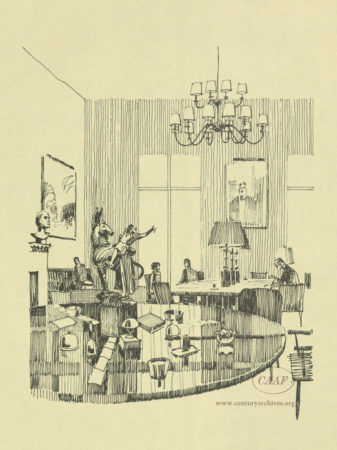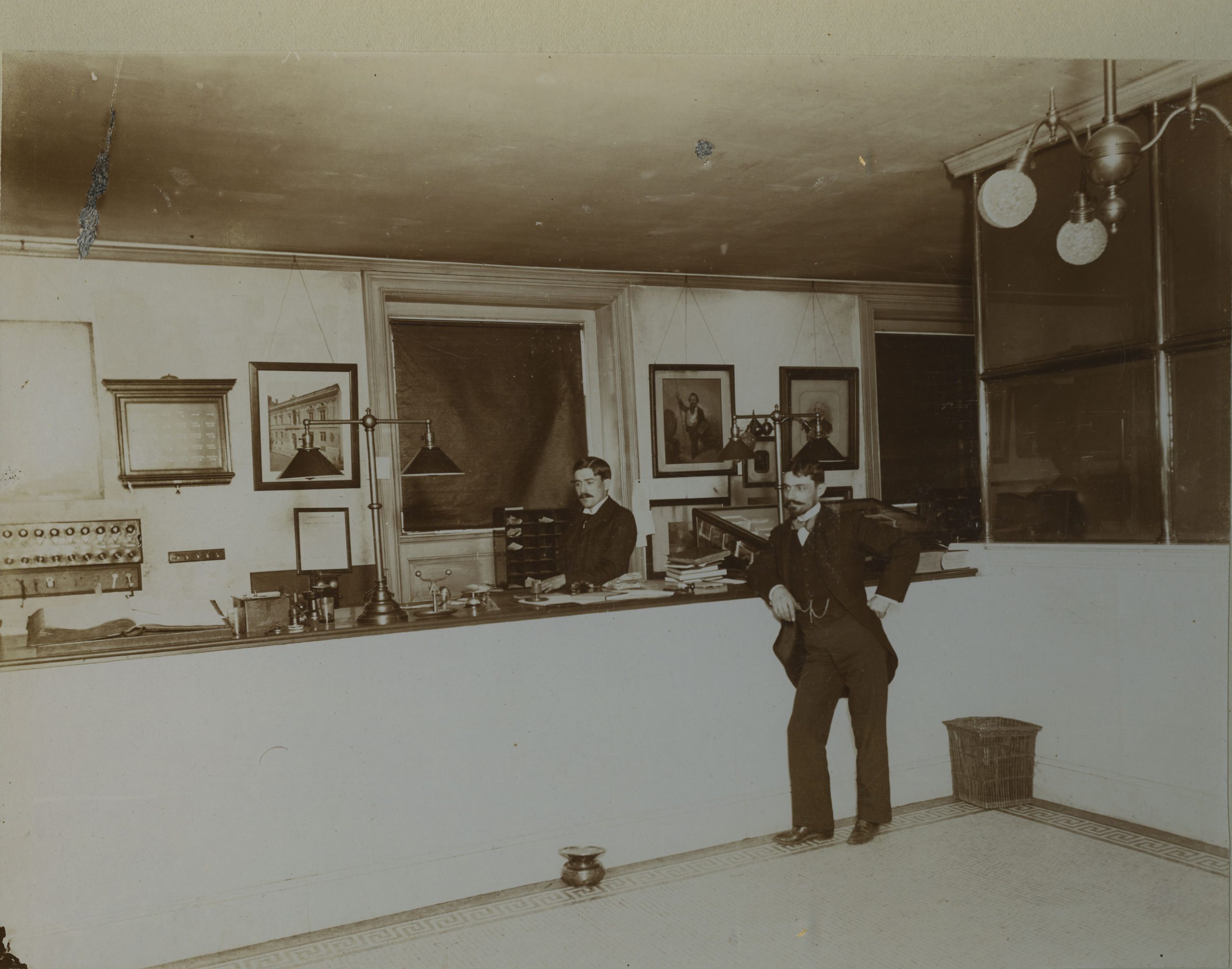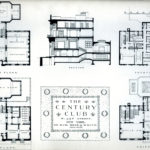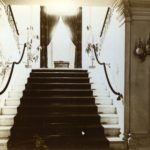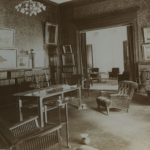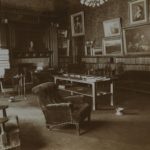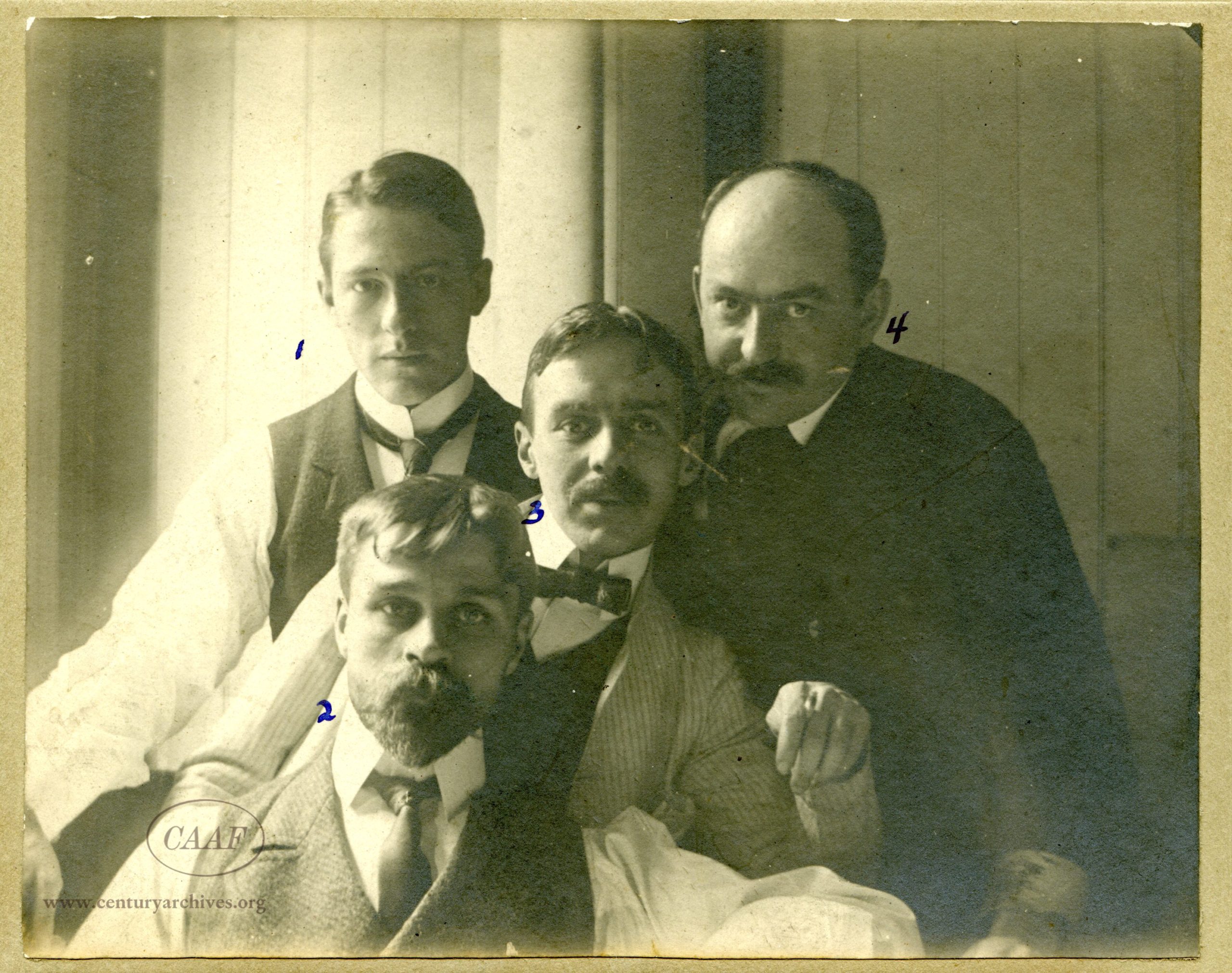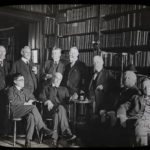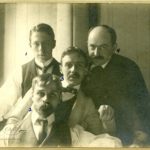About Image Galleries
The Century maintains relatively strict rules about photography in the clubhouse to this day. However, the Archives holds the few valuable exceptions across the club’s history, chiefly from major anniversary galas and other celebrations, as well as menus and other ephemera, including a Centurion bookplate collection. We will continue to add curated galleries from our collections to this page.
The club has a long-held tradition of soliciting member portraits for the Archives, to build on original founder albums and the collection of photographs of prominent Centurions assembled by member Frederick Hill Meserve, America’s first scholarly collector of such historical material. Available portraits of members elected through 1922 may be found in the Member Directory.
The Century Association Archives also remains graphically rich due to the drawings of its illustrious member-artists and amateurs, whom have contributed their work to event invitations and posters, Christmas cards, publications, fundraising campaigns, and even the frontispieces of committee meeting minutes, some of which are featured on this site with permission of the artists.

“When the clubhouse was new”
The Century Association was founded in 1847 but did not occupy permanent quarters until ten years later, when it moved to an existing structure on East 15th Street following a series of short-term rentals at other downtown locations. After occupying the Union Square quarters for more than thirty years, the membership’s steep growth and the northward march of the city’s center of gravity drew the club to Midtown, where, in January 1891, the transfer of the club cat by taxicab to 7 West 43d Street officially marked the Century’s move to its new residence, the first and only clubhouse it has commissioned and built for itself.
The Association’s current home was designed in 1889 by Stanford White, of the celebrated firm of McKim, Mead & White, who had been elected a member of the club in 1886. It is a particularly fine example of the Beaux-Arts buildings of the late nineteenth century. Although they come in a vast array of classical models, most are versions of the Italian Renaissance; the Century is an elegant synthesis of several northern Italian palaces. When it was completed in 1891, the noted architecture critic Russell Sturgis (also a club member) praised the “graceful proportions of the front,” adding that “the massing of the whole, solids and openings, lights and darks, horizontals and verticals, seems as good as it could be.” Construction costs ran to $183,622, with an additional $34,532 for furniture and $10,519 for architects’ commissions.
While most scholarly attention of the structure has focused on its exterior, the building’s interior plans and furnishings are equally important in defining the character of the space as experienced by its inhabitants and guests for more than 125 years. The accompanying series of photographs from the Century’s archives reveals the appearance of its interior within a few years of the building’s inauguration. Remarkably, much of what is depicted here would be readily familiar to anyone visiting the building today (exempting the taxidermy).

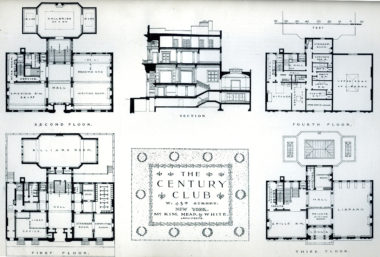


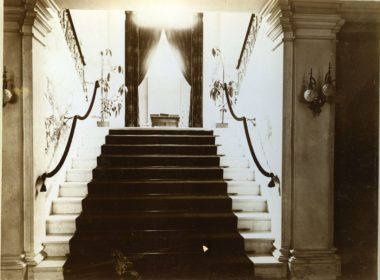


Charles A. Platt Photographs of Italian Gardens
The CAAF manages the working library of former Century president and architect Charles Adam Platt (1861-1933), an autodidact who designed landscapes, country houses, and institutional buildings. It also contains over 450 photographs from his 1892 survey of Italian landscape and architecture design, which culminated in his landmark monograph Italian Gardens (1894). His photographs, portraying the garden in its natural state, often neglected and run down, depicted classical architectural details for study and adaptation. The photographs are instructive, with special attention paid to terrain, architectural details and their scale, appropriateness in the use of plantings as to density and shade, terracing and balustrades, as well as approach avenues and how they set off the houses. His book served as the first English-language introduction to the concept, followed by his friend Edith Wharton’s Italian Villas and their Gardens (1904), which solidified the fashion in America set by Platt. For access to the full collection, contact the Archivist.



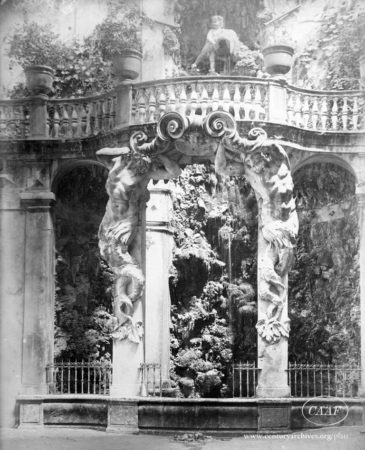
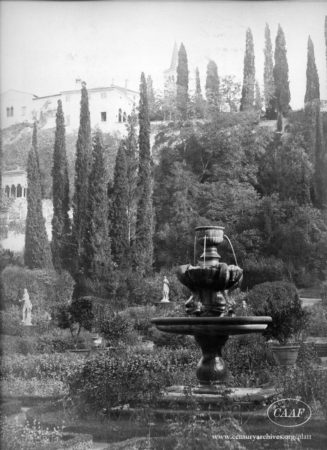


Featured Images
Backstories behind the images featured on our homepage. Coming Soon!





